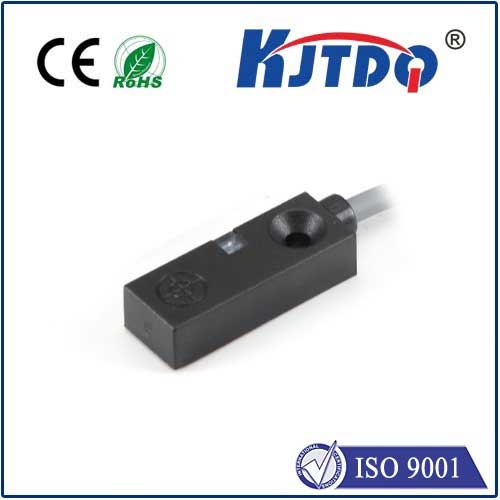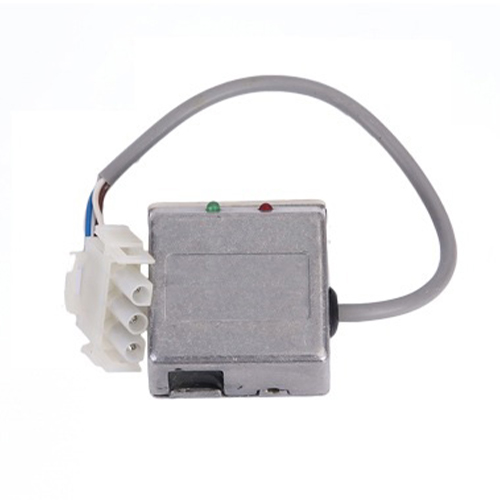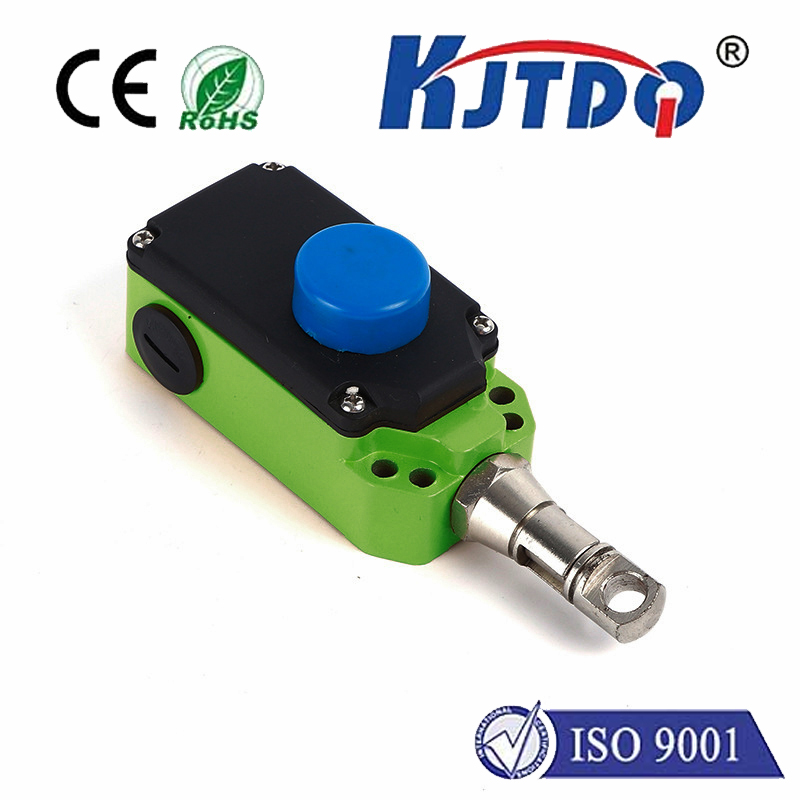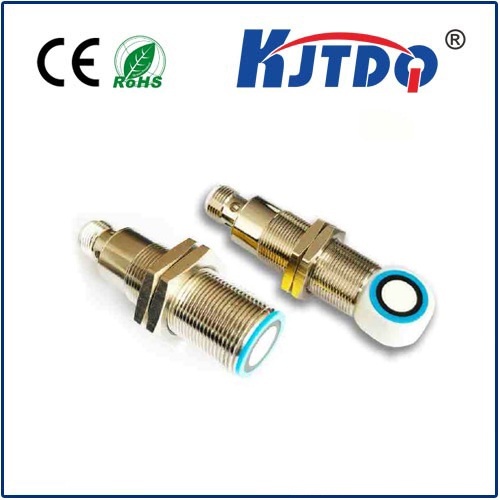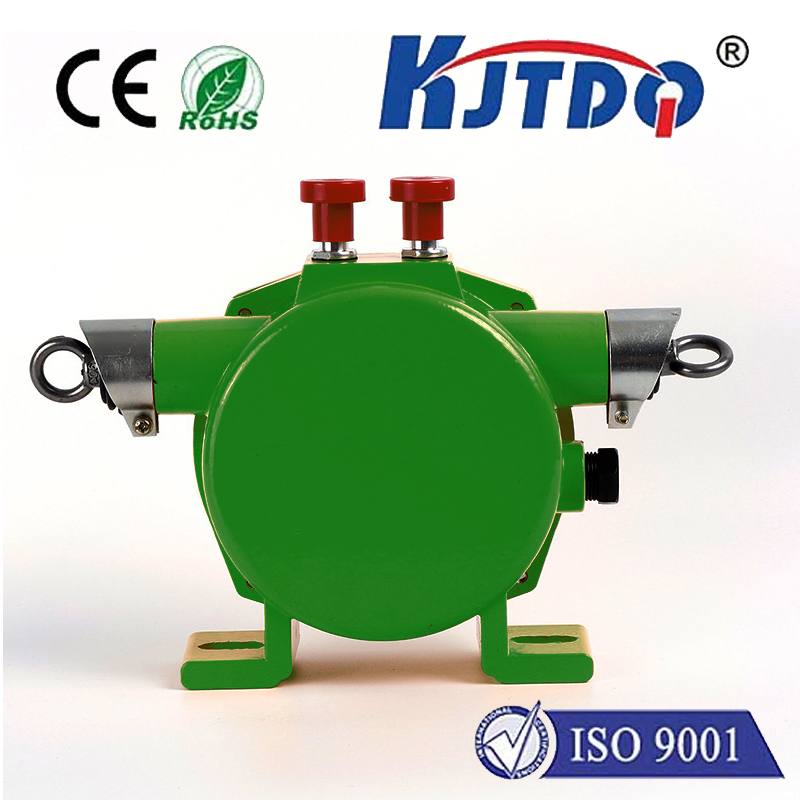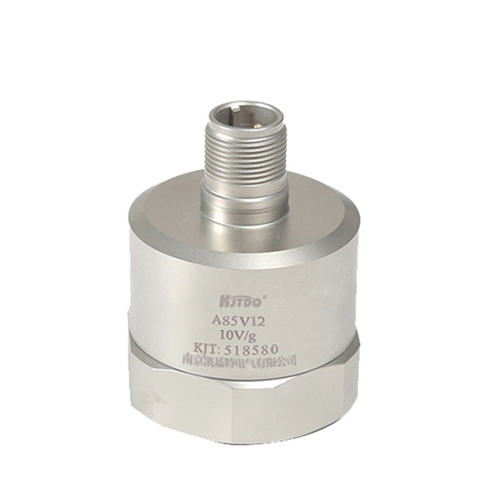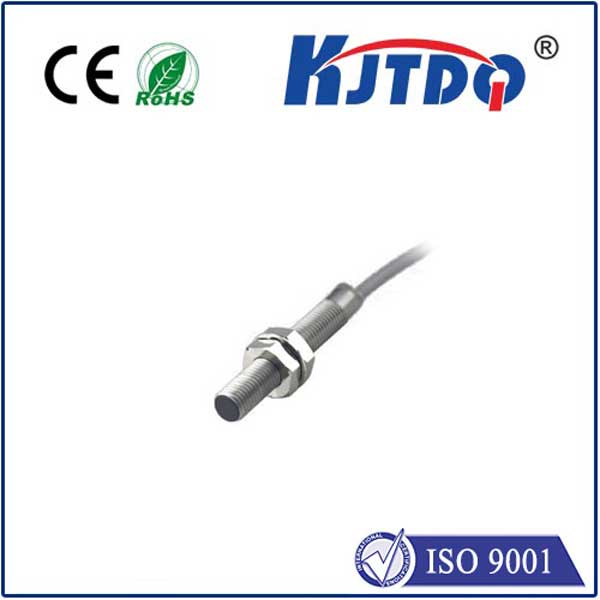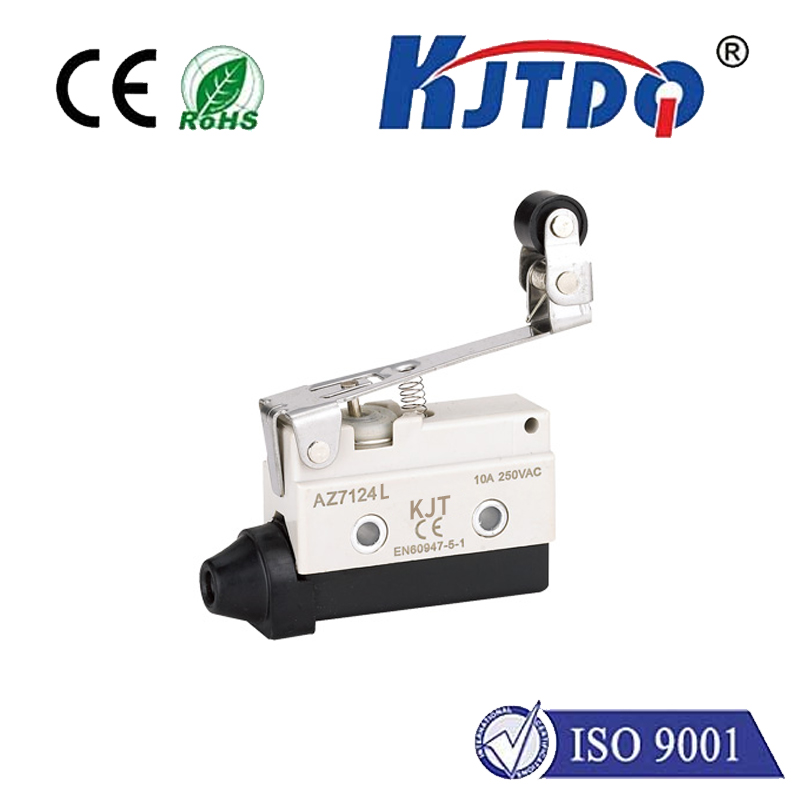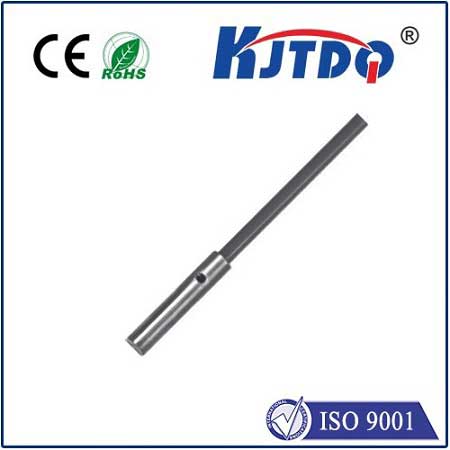240v limit switch
- time:2025-08-01 12:55:51
- Click:0
Understanding 240V Limit Switches: Essential Controls for Industrial Safety & Automation
Picture a high-speed conveyor system transporting heavy pallets. Now imagine it failing to stop at the designated point – chaos, potential damage, and serious safety hazards follow. Preventing such scenarios is the critical, often unsung, role played by devices like the 240V limit switch. These robust components are fundamental building blocks in industrial control circuits, acting as guardians of machinery, personnel, and processes by providing precise position detection and control at common industrial voltage levels.
At its core, a limit switch is an electromechanical device designed to detect the presence or absence of an object, or to monitor its position, through physical contact. When an actuator (lever, roller, plunger, etc.) on the switch is moved by the target object, it mechanically operates electrical contacts inside the switch housing. This action either opens or closes an electrical circuit, sending a signal to the control system – essentially saying “I’ve been reached” or “I’m clear.”
The “240V” specification is crucial. It refers to the switch’s operational voltage rating, specifically its capacity to safely handle and switch alternating current (AC) commonly found in industrial power systems (like the standard 240V AC single-phase or as part of 480V three-phase systems). Using a switch rated for 240V AC is essential for:
- Compatibility: Direct integration into standard industrial control panels and machinery wiring without needing additional step-down transformers for the control circuit, simplifying design and reducing costs.
- Power Handling: Ability to reliably switch the currents typically associated with industrial solenoids, motor starters, relays, and indicator lights operating at 240V.
- Safety: Ensuring the switch’s internal insulation, contact gap, and arc suppression capabilities are designed to manage the higher voltages safely, preventing electrical failure, arcing, or fire hazards.
How a 240V Limit Switch Operates

The operation is elegantly mechanical:
- Actuation: A moving machine part or object physically contacts the switch’s actuator.
- ️Movement: This contact force moves the actuator (e.g., pushing a roller arm, depressing a plunger).
- ️Contact Change: The actuator’s movement mechanically forces the internal electrical contacts to change state. The most common configurations are:
- Normally Open (NO): Contacts close when actuated, completing the circuit.
- Normally Closed (NC): Contacts open when actuated, breaking the circuit.
- Changeover (CO) / SPDT: Combines both NO and NC contacts.
- Signal Sent: This contact change interrupts or enables the flow of the 240V AC power through the switch’s output terminals.
- System Response: The control system (like a PLC - Programmable Logic Controller) receives this voltage signal. Based on the programmed logic, it initiates actions – most commonly stopping a motor, changing direction, initiating a sequence, illuminating an indicator, or triggering an alarm.
Key Applications Demanding 240V Limit Switches
The robustness and voltage compatibility make 240V limit switches indispensable across numerous industrial and commercial sectors:
- Material Handling: Conveyors (end-of-travel stops, jam detection), automated guided vehicles (AGV bump detection, lift height limits), palletizers/depalletizers (position sensing for arms and lifts), hoists and cranes (upper/lower travel limits).
- Machinery & Robotics: CNC machines (axis travel limits, tool changer position), robotic arms (end-of-reach detection, home position), presses (ram up/down positions, safety interlocks), packaging machines (product presence, gate position).
- HVAC Systems: Large air handling units (damper open/closed verification, filter status), industrial boilers (valve position, safety cutoffs).
- Process Control: Tank level control (high/low level floats actuating switches), valve position feedback (open/closed confirmation), door and gate monitoring (secure closure for interlocks).
- Safety Systems: Guard door monitoring (ensuring doors are closed before machine start), emergency stop circuit integration (in some configurations), safety interlock switches.
Selecting the Right 240V Limit Switch
Choosing the appropriate switch involves careful consideration:
- Voltage & Current Rating: Must be rated for at least 240V AC and the specific operating current (amperage) of the load it will control. Don’t overlook inrush currents.
- Duty Cycle: How frequently will the switch be actuated? Heavy-duty operations require robust switches designed for millions of cycles.
- Environmental Factors: Consider IP Rating (Ingress Protection) for dust and water resistance. Also, temperature extremes, exposure to oils/coolants/chemicals, vibration, and potential impact. Common industrial ratings include IP65 (dust-tight & water jet resistant) and IP67 (dust-tight & immersion resistant up to 1m).
- Actuator Type: Lever (standard, roller, wobble stick), plunger, fork lever, or flexible rod? The choice depends on the direction of approach and force of the target object.
- Electrical Configuration: Normally Open (NO), Normally Closed (NC), or Changeover (SPDT)? What fits the control logic (e.g., NC for safety-critical stop circuits where a broken wire mimics an actuation signal)?
- Contact Material: Silver alloy is common; look for silver-cadmium oxide (AgCdO) or silver-nickel (AgNi) for higher current loads or frequent switching to resist welding and erosion.
- Housing Material: Metal (die-cast zinc/aluminum for strength) or thermoplastic (for corrosion resistance, lighter weight). Ensure it suits the environment.
- Certifications: Look for relevant safety certifications like UL (Underwriters Laboratories), cUL (Canada), CE (Europe), or specific machinery safety standards (e.g., ISO 13849) where applicable, especially for safety functions.
Best Practices for Implementation
- Secure Mounting: Ensure the switch is rigidly fixed to prevent misalignment or movement under vibration.
- Correct Actuator Positioning: The target must reliably engage the actuator with sufficient force and travel to ensure positive contact operation without over-traveling and damaging the switch.
- Protection: Use guards or mounting positions to shield the switch and actuator from direct impact, debris, or environmental hazards wherever possible.
- Wiring: Follow proper electrical codes and standards. Use appropriate gauge wire and secure connections. Clearly label all wiring.
- Maintenance: Include periodic checks in maintenance schedules to verify mechanical operation (actuator movement smoothness) and electrical functionality (contact continuity/resistance).
Conclusion
The 240V limit switch is far more than a simple mechanical component; it’s a vital sensory input and control element within the industrial landscape. Its ability to reliably detect position and presence, directly switching the 240V AC power ubiquitous in industrial settings, makes it a cornerstone of machine safety, automation precision, and operational efficiency. Understanding their operation, diverse applications, and critical selection criteria empowers engineers and maintenance personnel to ensure machinery operates within safe boundaries and processes run smoothly. From preventing a crane from over-hoisting to guaranteeing a safety guard is closed before a press cycles, the humble 240V limit switch performs a mission-critical role, hour after hour, on factory floors worldwide.






